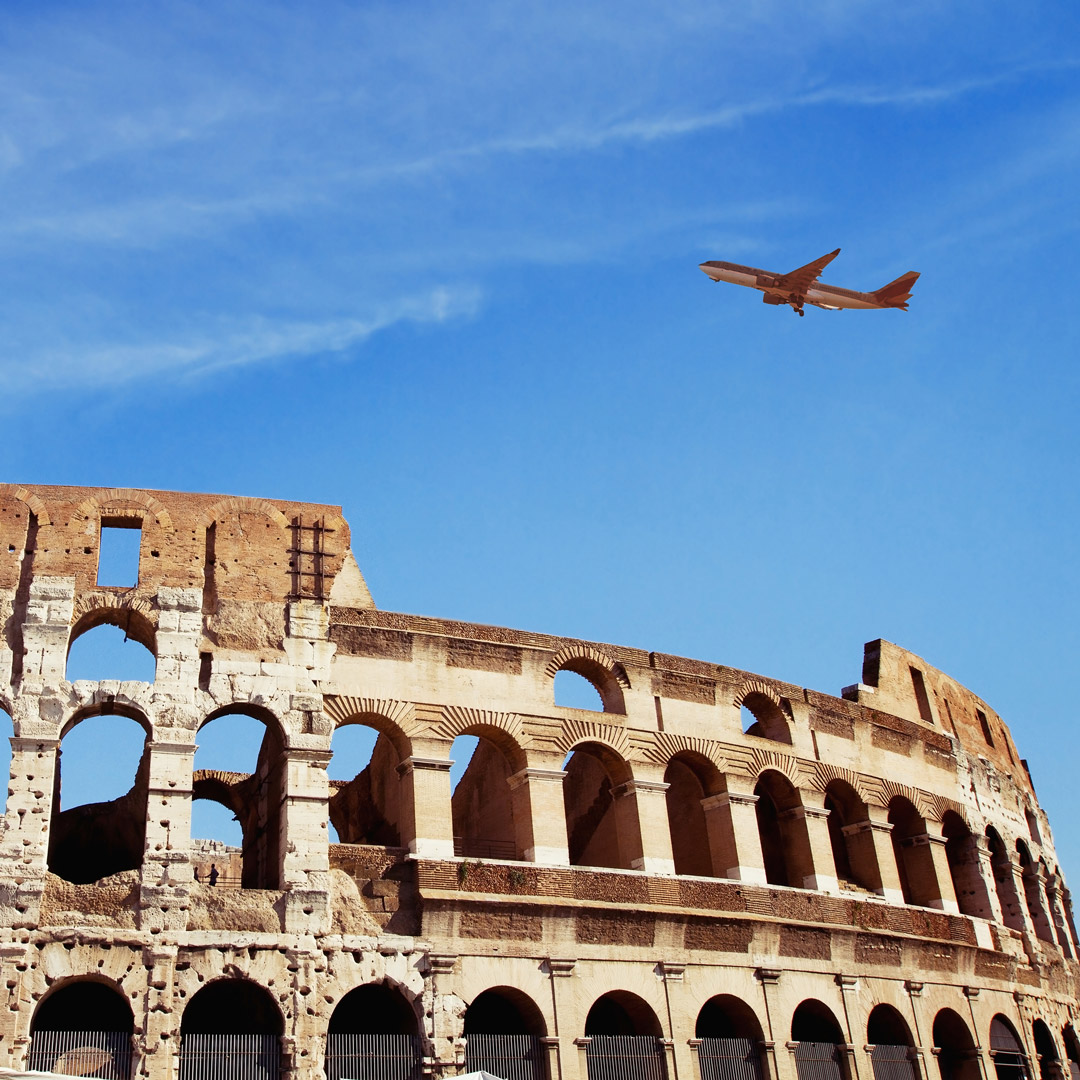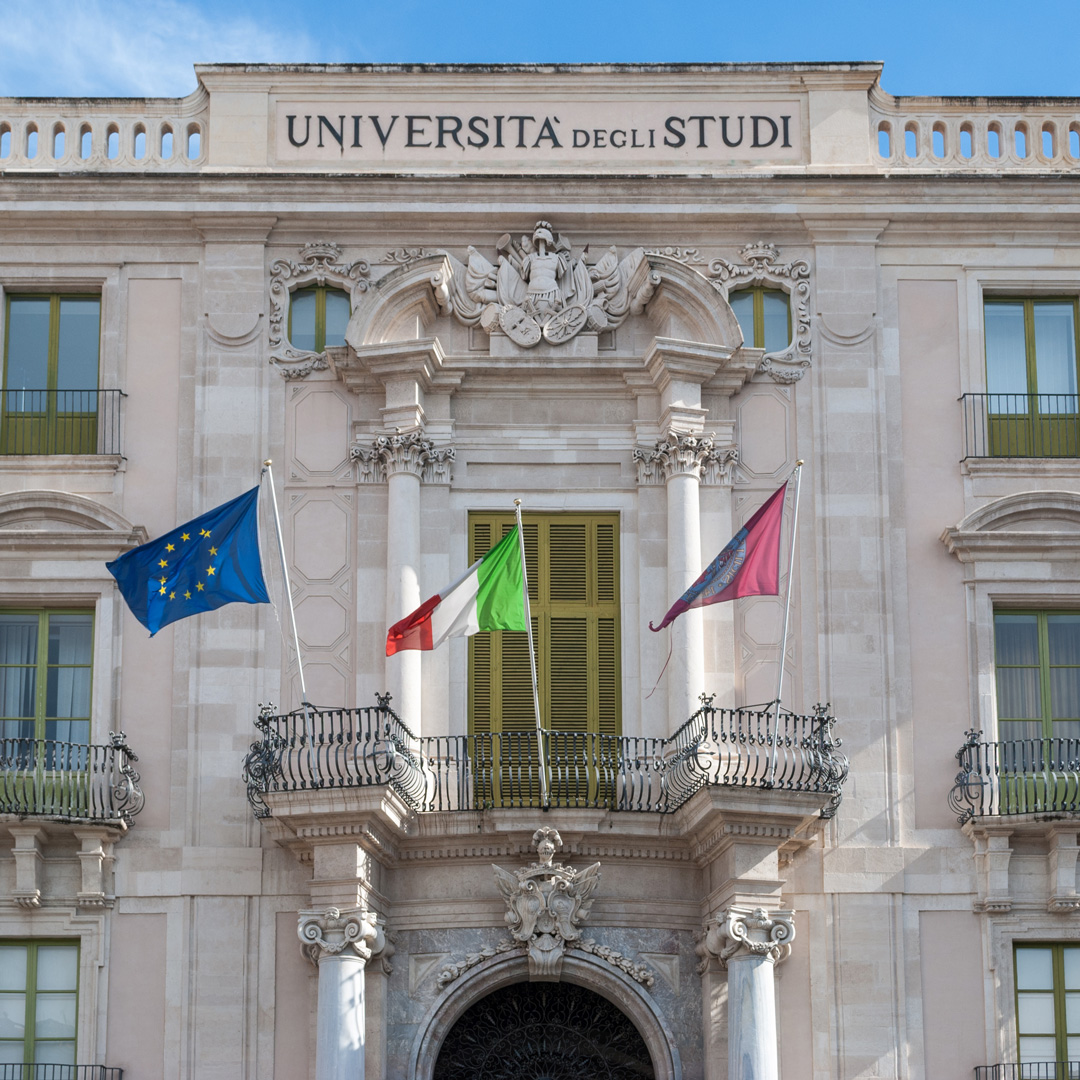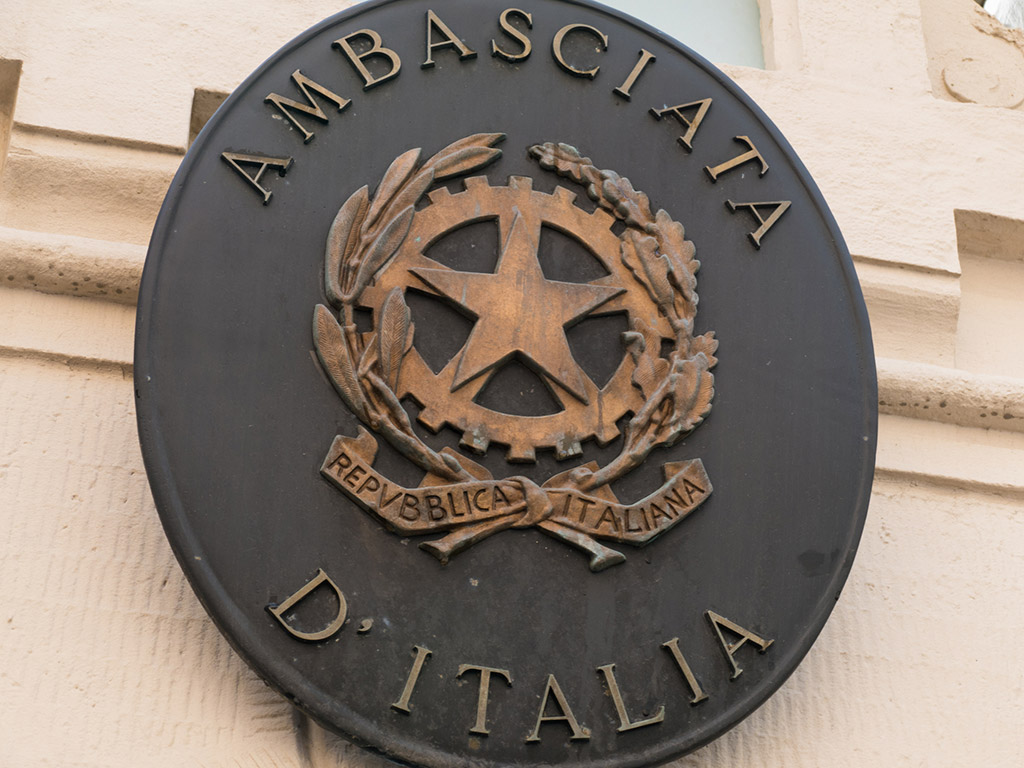Moving to Italy: Visas, Permits, and Claiming Citizenship
When planning a move to Italy, the first thing to pack is patience. Navigating local customs and figuring out how things work is going to take time. The good news from the bureaucratic front is that recent laws have streamlined at least part of the paperwork. The bad news is that those same laws have tightened restrictions on foreigners. Italy now requires fingerprints for all non-European Union (EU) citizens when they sign up for a stay permit.

Once upon a time, lots of U.S. expats lived in Italy for long periods of time without ever announcing their presence. It’s illegal, but it happens, and in all candor, Italians are much less worried about North Americans overstaying their welcome than other nationals from outside the EU. Don’t take this as an open-ended invitation. I have seen at least one expat forcibly sent packing after her illegally procured job as a tour leader in Rome marched her past a group of police, who were paying unusually close attention to immigration laws that day. The penalties for overstaying your visa have become harsher, and you’d only be doing yourself a disservice by ignoring them in the long run. Once you’ve hacked through the bureaucracy, including multiple trips to the consulate, you will have many more freedoms and benefits than those who preferred to risk it and lived their lives in near paranoia.
In the end, remember that mastering Italian bureaucracy is a lifelong pursuit. (Many have even turned it into a career.) You will constantly have questions about the fine print of laws on permits, visas, and residency, and will need to keep abreast of changes. A number of resources can help you. The best one I have found to date is The Informer, founded by a Scottish expat a quarter century ago.
Visas and Permits
If you plan to stay longer than 90 days, you are in effect planning a “long stay” and therefore need to apply for a long-stay permit in Italy, the infamous permesso di soggiorno. Before you can apply for your permesso, you have to obtain the appropriate visa from the Italian Embassy or local consulate in the United States. There are weeks, perhaps months, of footwork on that front to be done at home before you leave. Some cases drag on for years.
There are 21 types of visas in all, ranging from airport transit to sports-related, some easier to obtain than others. U.S. citizens looking to live, study, or work in Italy are most likely to apply for one of three types: a residency visa, a student visa, or a work visa. Different documentation is required for each, so check with your local consulate or the Italian Embassy before you make an appointment. All visas require a passport valid for at least three months past your application date.
Student Visas
Student visas are relatively straightforward to obtain, provided you have been accepted into an Italian or Italy-based university and can provide proof of financial independence during that stay. Many U.S.-sponsored programs will handle your visa requirements for you.
There are hundreds of programs in Italy, and other Italian universities meant for foreigners. The best known among the latter are the Università per Stranieri in Perugia and the programs in Siena and Urbino.
If your program is more self-styled, you’ll need to do the paperwork yourself. Be sure to bring to the embassy or consulate a letter of acceptance to an Italian university, proof of health insurance, and bank account information (it can be your parents’ account) that shows you have enough money to live on once you’re there.

Residency Visas
“Elective residency” visas also require proof of independent income. It is, in fact, the operating principle behind this kind of visa, which does not allow you to work in Italy. You must prove that you have enough money to support yourself through the length of your stay, independent of any salaries you may be receiving at the moment. You also need to show either ownership of a home in Italy or a rental agreement. Plus, you will be asked to provide your criminal record, or proof of lack thereof. If you don’t have an arrest record, the FBI has made this once-difficult operation much easier online at
www.fbi.gov/hq/cjisd/fprequest.htm.
Family Visas
The family visa is for immediate family (spouse and/or children) of someone already working legally in Italy. If that person is an EU resident, you need just a letter from your spouse and the marriage certificate. You also need a nulla osta (“no obstacle”) document from the local police headquarters if your spouse is not an EU resident but legally working there, plus any children’s birth certificates if they are coming, too. If, on the other hand, your spouse is still in the process of obtaining a work permit, you will need additional paperwork, such as proof of suitable family housing. In general, it is always easier applying for such residency once your family member has the job.
Newsletter Signup
By clicking ‘Sign Up,’ I acknowledge that I have read and agree to Hachette Book Group’s Privacy Policy and Terms of Use
Work Visas
The work visa is the most difficult to obtain. It is divided into “dependent” and “independent” work, for employed and self-employed workers, respectively.
There are a limited number of such independent work visas afforded to U.S. citizens every year, and experience has shown that they disappear within a few hours after the quota is announced. The major challenge in landing a “dependent” visa is that you must have letters from the company saying it intends to
hire you or bring you on as a consultant. This would be an unusual windfall for someone not already living in Italy.
In order to solve this paradox, many Americans arrange job contacts while on shorter vacations in Italy, and then fly back to the United States to straighten out their visas. Keep in mind that you should not overstay your three-month visit to be successful with this approach. For even more time, some people choose to sign up for a bona fide course in Italy, and then apply for a student visa. Many people manage to parlay the student permit into a work permit once the course is over.
Again, finding an employer who is willing to file the paperwork for an American has become difficult, as there are quotas set for foreigners allowed to fill Italian jobs. If you manage to qualify, you need to have your employer send the Labor Ministry a letter that says the company intends to hire you. When that has been approved, the ministry will issue a nulla osta document to police headquarters. The company will also send you a work contract to present to the embassy or consulate, along with proof of ministry approval, for your visa.

Permits
Again, only after you have the visa and are in Italy do you apply for the corresponding permesso di soggiorno. For student visas, you apply for the permesso di soggiorno per studio; the permesso di soggiorno per dimora is for those with a residency visa; and the permesso di soggiorno per lavoro is for those with a work visa.
All permits are obtained at the local questura (police headquarters), but it’s best to begin the application process at the local post office. Go to the window for “Servizi Al Cittadino” and request a “kit” for the permesso di soggiorno. Fill out the paperwork, then head to the tabacchi for a marca da bollo, a tax stamp. The rest of the package requires three passport photographs (booths for these are commonly available at Metro stations) plus copies of all your passport pages and some proof of health insurance. When all of your ducks are in a row, take these back to the post office with your actual passport in hand, about 150 euros for fees, and submit them. You will receive a printed form with your date and time of appointment at the questura.
If you are applying for a residency permit or student permit, the bureaucracy ends at the police headquarters. In the case of the work permit, there’s more to it. Upon being presented with your visa, police headquarters provides you with an interim work permit good for 90 days. In the meantime, you acquire a codice fiscale (tax ID number), which you can do at the ufficio delle imposte dirette (local tax authority), to be found in the town’s municipal buildings. It is an important card, as you will also need it for all kinds of purchases, such as a cell phone, car, or moped, and when opening a bank account. The documents you will need to show for the codice fiscale are limited to a passport and sometimes a stay permit, although many Americans are not asked for the latter, especially in small towns. The card will then be sent to you by mail.
The final step is to present your signed work contract to the local employment office, the Ispettorato Provinciale di Lavoro, for final approval of your application. Once you have all those documents—the temporary permit, the codice fiscale, and the approval of the labor office—the questura will then award your efforts with the permesso di lavoro, available in two-year or five-year permits, or else the time period specified on your work contract, if any.
If you lose your job before the permit expires, you will need to find another one quickly. Legislation now gives employees just six months to land another job, or else the permit becomes void, whereas previously they could ride out its duration.
There is a legal alternative to the job hunt if you care for more time, though it’s not entirely convenient. Once your work permit is up, you can apply as an independent worker for the permesso di soggiorno per lavoro indipendente, provided you have all the necessary skills.
Claiming Italian Citizenship
If you think it would be much more convenient to just become an Italian citizen, it just might be possible under the Italian policy of jus sanguinis, or “right of blood.” This can go back generations as long as no ancestor in the chain lost his or her Italian citizenship before giving birth to the next generation. There seem to be different interpretations of this floating around, so here are criteria taken verbatim from a checklist provided by the Italian Consulate:
- Your father was an Italian citizen at the time for your birth and you never renounced the right to Italian citizenship.
- Your mother was an Italian citizen at the time of your birth, you were born after January 1st, 1948, and you never renounced the right to Italian citizenship.
- Your father was born in the United States, your paternal grandfather was an Italian citizen at the time of your father’s birth, neither you nor your father ever renounced the right to Italian citizenship.
- Your mother was born in the United States, your maternal grandfather was an Italian citizen at the time of her birth, you were born after January 1, 1948, and neither you nor your mother ever renounced the right to Italian citizenship.
- Your paternal or maternal grandfather was born in the United States, your paternal great-grandfather was an Italian citizen at the time of his birth, and neither you nor your father nor your grandfather ever renounced the right to Italian citizenship (please note: a grandmother born before January 1, 1948, can claim the Italian citizenship only from her father and can transfer it to descendants born after January 1, 1948).
Note: “Italian citizen at the time of birth” means that he/she did not acquire any other citizenship through naturalization before the descendant’s birth.
This last bit is very important. If the relative who came over from Italy was naturalized in the United States or any other country other than Italy, he or she effectively renounced Italian citizenship.
Newsletter Signup
By clicking ‘Sign Up,’ I acknowledge that I have read and agree to Hachette Book Group’s Privacy Policy and Terms of Use
Pin For Later


